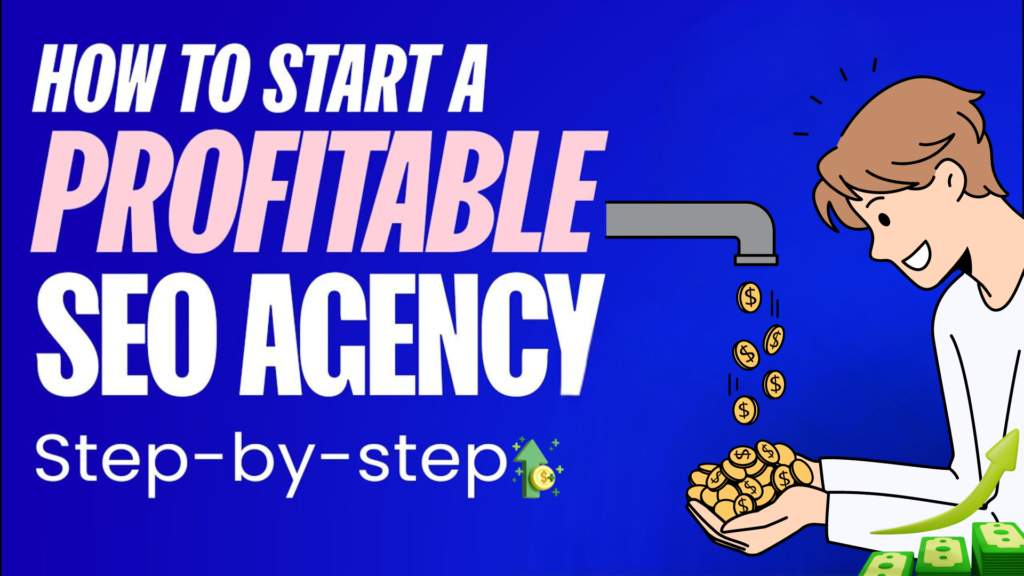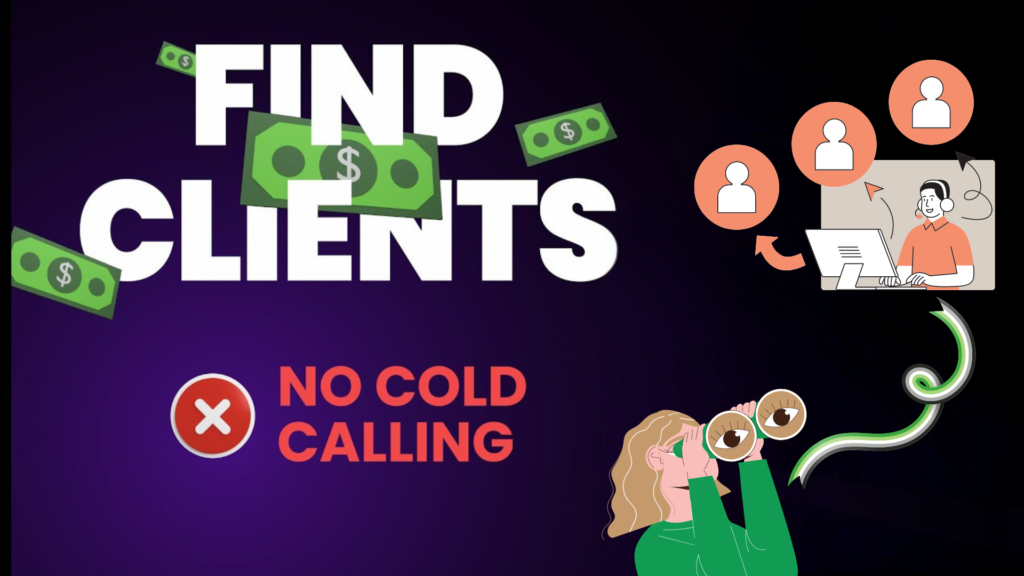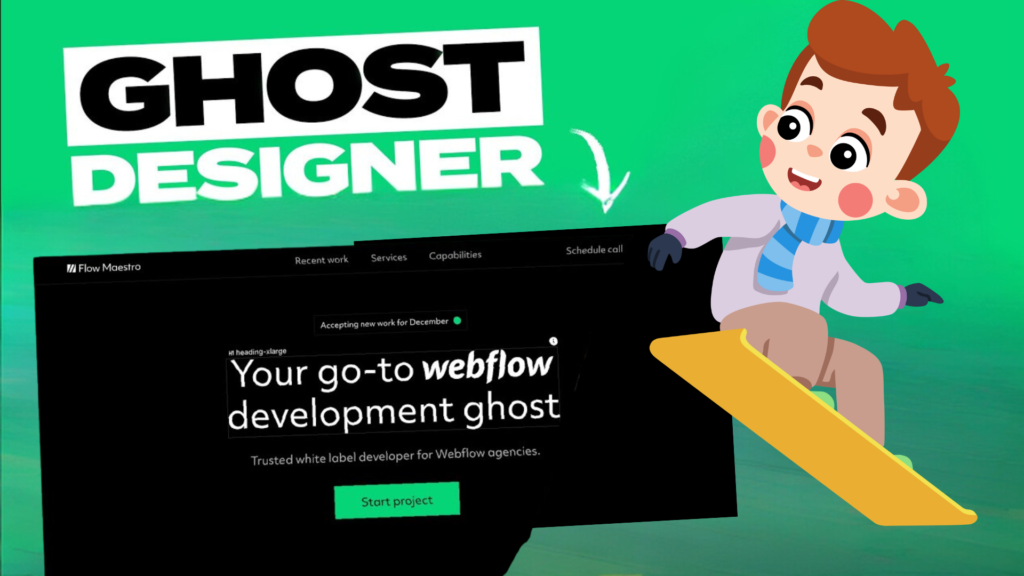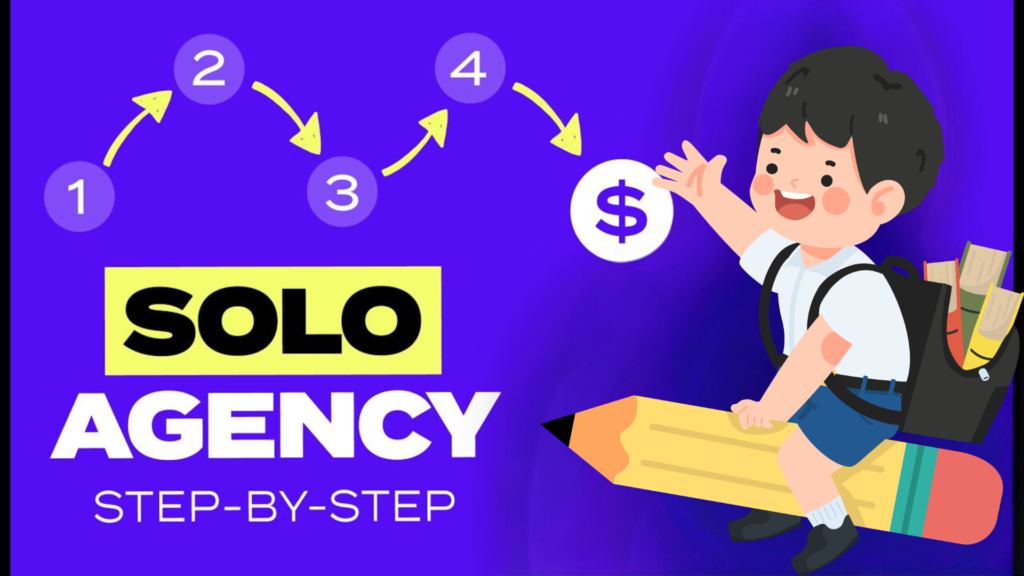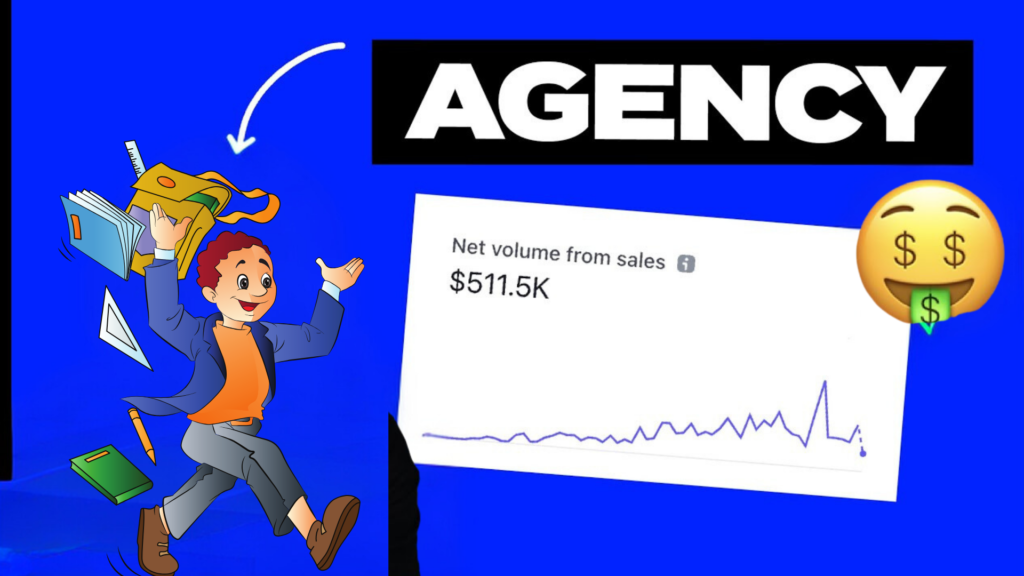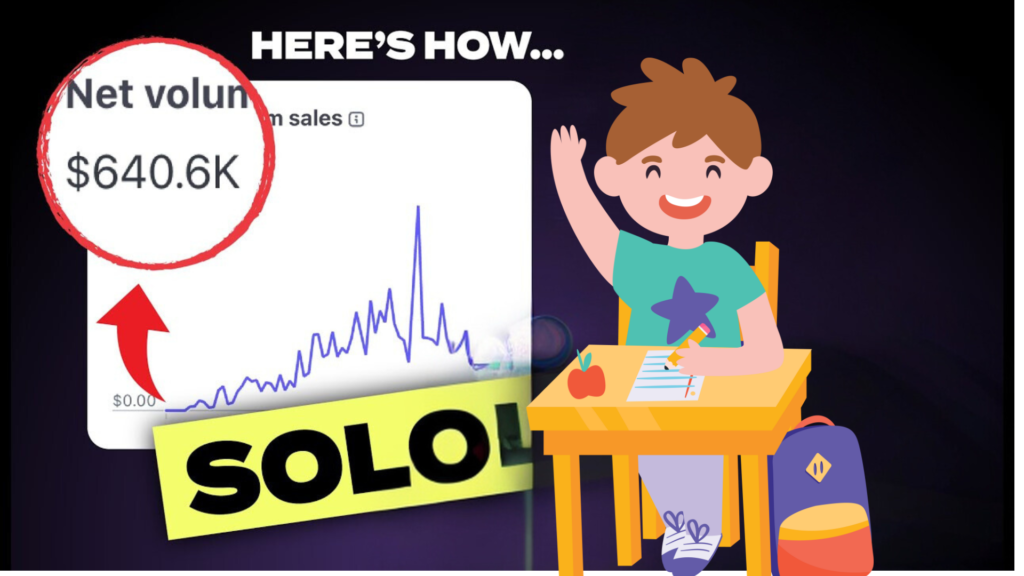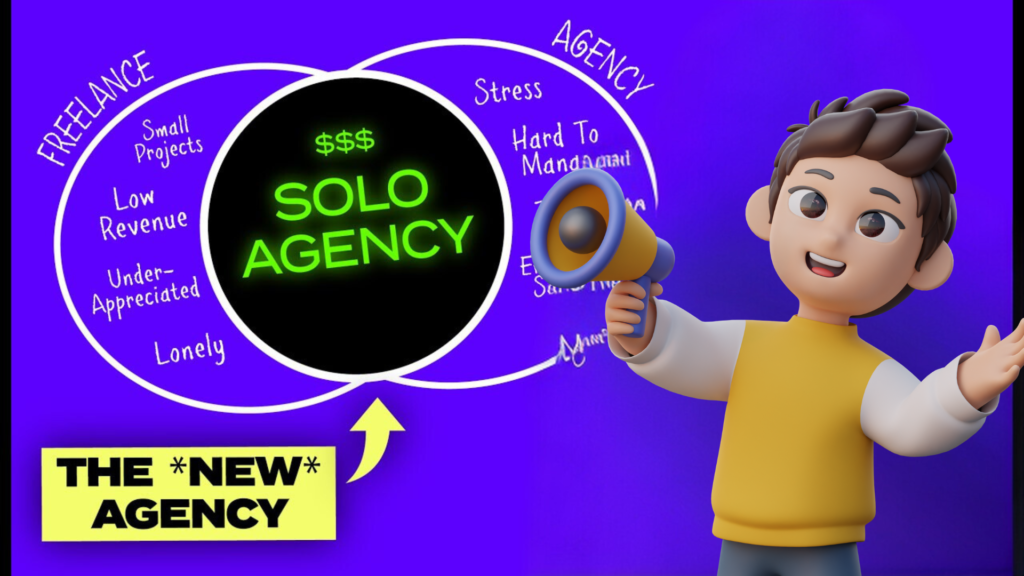How to Strat a Profitable Seo Agency: Step by Step
From Web Design to SEO: A Journey of Transformation Learn the journey of a web designer who built a successful SEO agency. Discover the process, the challenges, the solutions, and the rewards of this transformative journey. Get insights into finding clients, pricing your services, and balancing SEO with your current job. Introduction I was a fresh college graduate, grossly underpaid as a web designer just three years ago. I quickly realized that web design alone wasn’t going to pay my bills, let alone help me get wealthy. So, I embarked on a journey to build my SEO agency, now making multiple six figures. I’ve got an SEO team, and I still get to enjoy the benefits and the fun of designing websites. In this blog post, I’m going to break down every single step of that process. The Realization Not too long ago, I was a college student studying web design and development. I was incredibly frustrated with my college experience. I didn’t feel like I was learning what I wanted to learn, and I certainly wasn’t looking forward to writing out a resume and applying for jobs after graduation. They were only going to pay me maybe $40,000 or $50,000 a year, and that just wasn’t something that I wanted to do. The First Steps With just a few semesters left, I started building my web design agency. I started finding clients, mostly through word of mouth, and I did start to make a little bit of money. But I was working from website to website. Some months I would make a lot of money, some months I would make nothing and meet no new clients. I quickly realized that while this freelance lifestyle was something that could make me good money, it wasn’t consistent, it wasn’t predictable. The Need for Something More I determined that I needed to bring an additional service or expertise into my freelance agency to provide value to my clients but also convince them that they should stick with me for the long term and pay me every month for these services. I looked into a lot of different residual services that I could offer as a freelancer. First, I looked into running ads on Google and social media. While that is a great way to make money and a great way to provide value for your clients, at first, that was intimidating to me. I was not ready to convince a business to spend five or ten thousand dollars per month on ads just so I could pocket a small percentage of that. It was really kind of nerve-wracking because I was dealing with huge amounts of money or I would be dealing with huge amounts of money and only making a little bit. I just felt like that was overwhelming to me. The Discovery of SEO It was at this point that I came across SEO. The thing that I loved about SEO was that people were paying me for my time and my expertise, but I didn’t have to roll over and spend all of that money on ads. With an SEO campaign, people were paying me to optimize their website, do outreach, create content, and all these things that were a lot easier for me to do under less stress. Also, my margins were a lot better. Certainly, over time, my margins have gone significantly better, and also the results that I’ve gotten for clients have gotten a lot better. I found SEO to be the perfect service to add in addition to my web design services. SEO stands for search engine optimization and is a series of tasks that we can do to a business’s website to get them to show up organically on Google search. There are a lot of different things that go into an SEO campaign that we’re going to touch on during this blog post. But again, the nicest part about SEO is it is a long-term service. If you set expectations correctly, it typically takes between six to nine months to get any sort of noticeable results for your clients. So they’re willing to give you a chance. Of course, if you sell it properly, they’re willing to give you a chance to spend that six to nine to 12 months to do everything that you need to start. The Misconceptions about SEO To many, SEO seems like a kind of dark magic service that is nothing but hacks and tricks to appeal to Google search. That’s not the case at all. Traditionally, SEO was a very technical service that was only offered or done by these technical coders. It was like its own specialty. A lot of people, particularly web designers, have this mentality that it’s something outside of their realm because it’s too technical or you have to have this crazy knowledge of algorithms or all these different things. Frankly, that’s not the case. The Perfect Service for Web Designers I quickly realized that SEO is the perfect service to learn and offer as a web designer. The biggest reason for that is you just built their website. You know their website better than anybody else. So, for you to then take that website and start optimizing it for Google search, you’re able to provide a ton more value to these clients. Now, rather than just paying you a couple hundred or a couple thousand dollars for a website, they’re going to pay you that big chunk for the website and then those payments are going to continue month after month. The Value of SEO Every month that you run that SEO campaign on the website that you built, it adds more value to that website. So your clients love you even more because they’re saying, “Wow, I love the way the website looks, but now I’m loving even more the way that it’s performing and it’s making us money.” That is why I love SEO and that’s why I determined
How to Strat a Profitable Seo Agency: Step by Step Read More »

